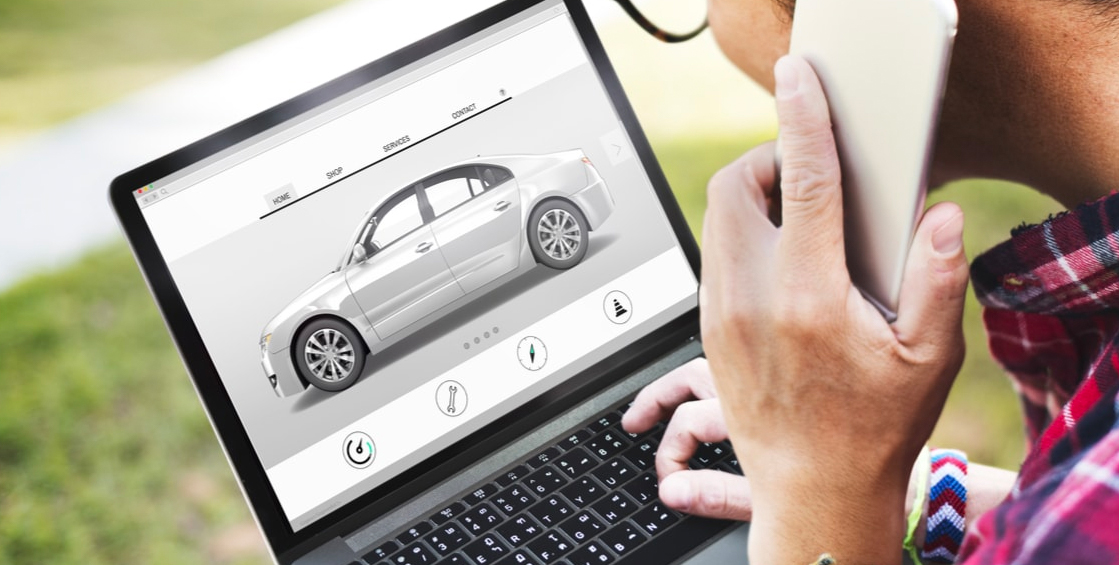If there is one thing I’ve learned through the years, it’s that positive experiences drive engagement and sales. Whether it’s experience with a brand, product or service or with an employee, best practices require a holistic view of every touchpoint of any business. This ranges from online experiences like how easy it is to click through a website, to product experiences and reviews, to the promotional offers consumers receive and the channels through which they are sent, to how they engage with the employees of a business. And like all things, the success of these engagements starts and stops with data.
These days, we are hard pressed to find an industry that hasn’t been gathering troves of data on customer interactions and purchases. The smarter ones then use AI, or machine learning, or predictive analytics solutions to crunch their data in an effort to align every interaction with consumer preferences. However, this is often easier said than done. And more times than not, the process is an act of futility. Why? Because people change, preferences change, the environment in which people are living can change from one week to the next. They can lose their job. They can start a family. They can get a raise.
A classic example is a friend of mine receiving an offer for a wedding tuxedo based on past behavior when he is, in fact, 40 years old and already married. It’s life’s twists and turns that make it incredibly difficult for companies to predict and stay in alignment with what their customers want and need.
According to a December 2019 Deloitte study on customer experience, companies are challenged to pool the budget to pay for customer data management tools (55 percent), find a single solution that meets needs (43 percent) and create a unified data management strategy across all lines of business/teams (41 percent). As for customer experience data management maturity, ONLY 5.6 percent of survey respondents had an average score of 4 or higher on a scale of 1 to 5.

















